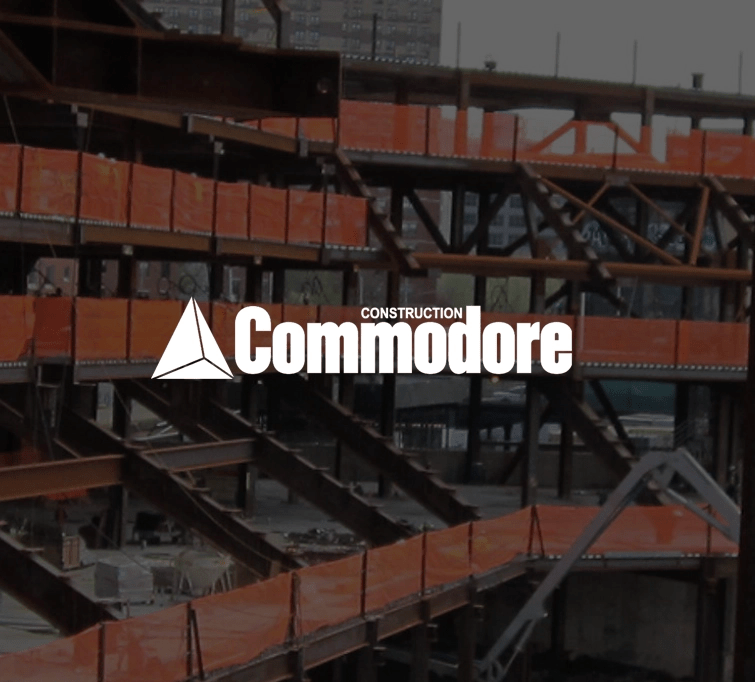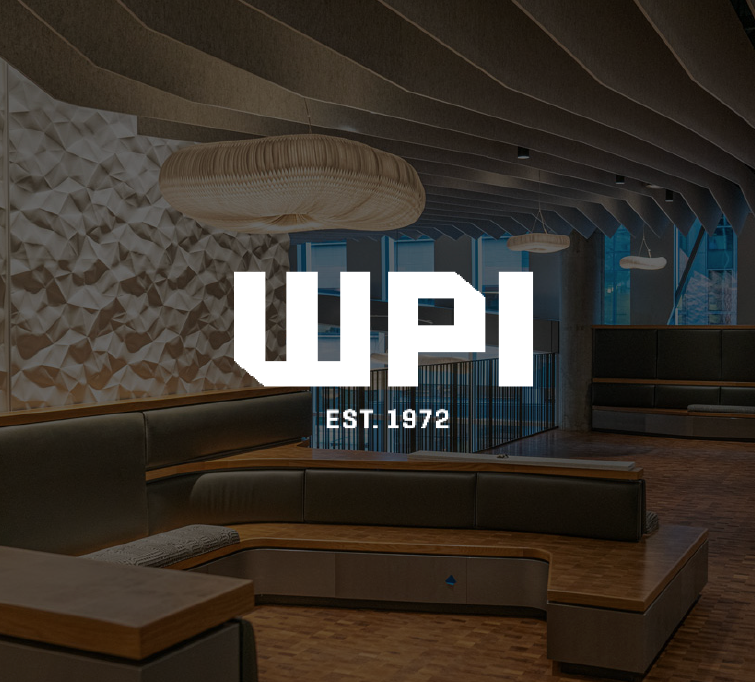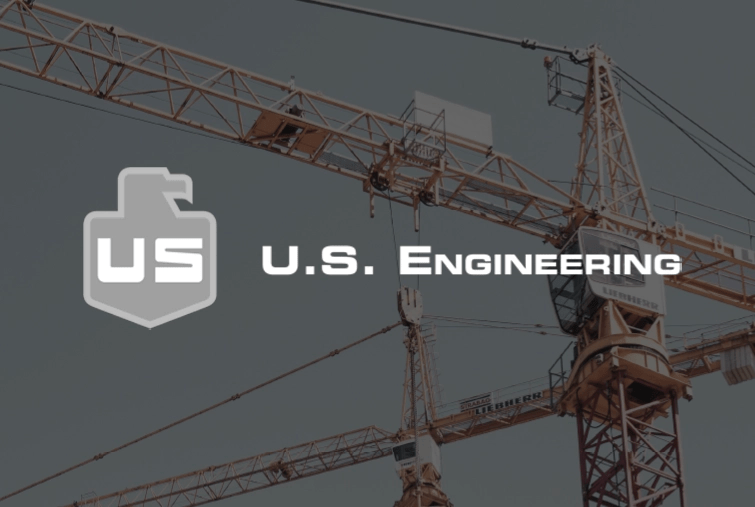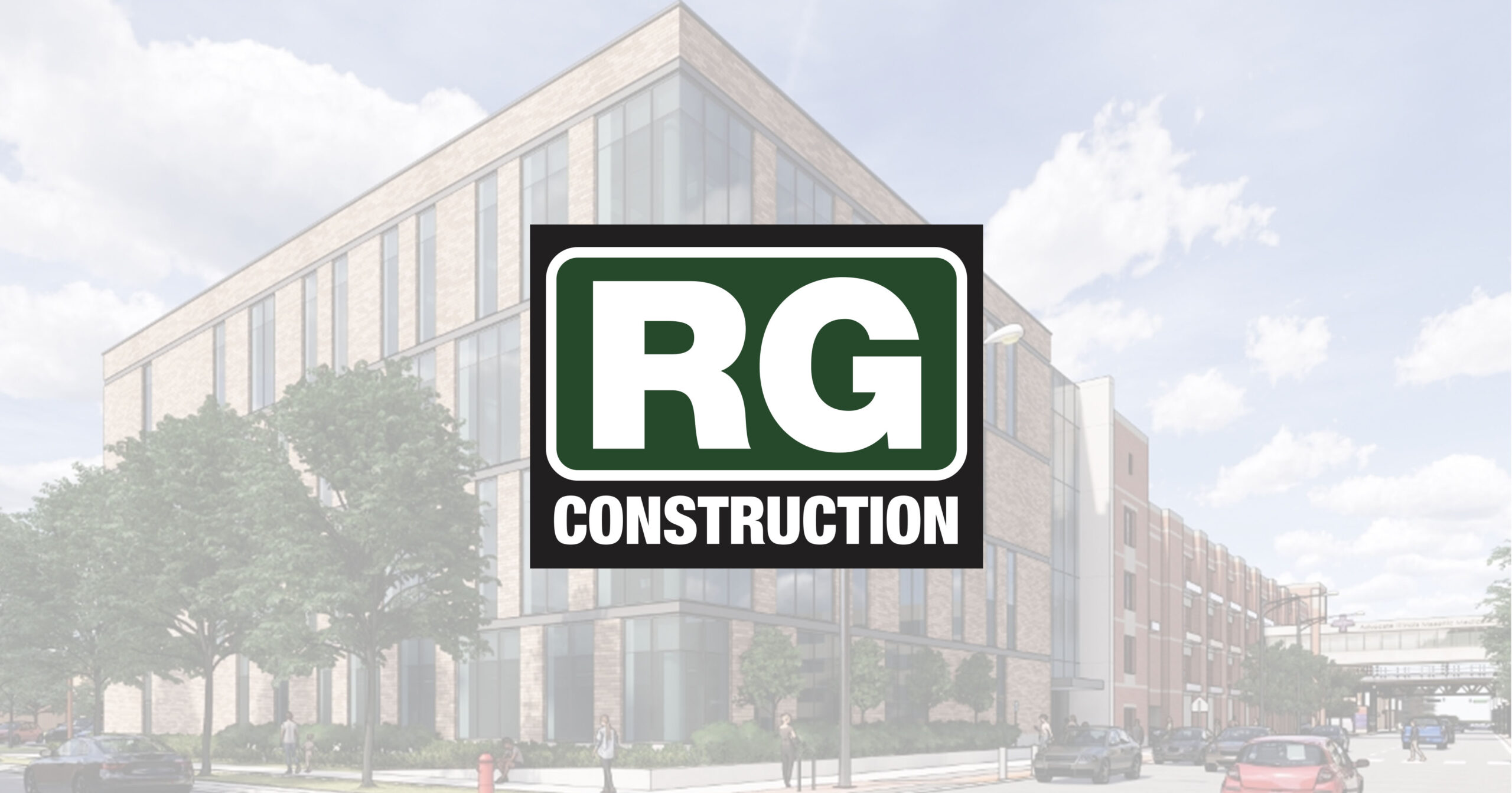Starting in January 2021, Commodore took on the challenging project of overhauling technology across the company, which employs more than 300 people across six divisions. This effort has been spearheaded by Senior Project Manager David Niewiadomski.
The challenge
Niewiadomski’s aim was to modernise operations and save time by introducing new technologies to streamline existing processes and add value where possible. Among other objectives, he wanted to improve the efficiency of progress tracking, which historically (and especially on large healthcare projects) required significant time investment.
He spent well over 100 hours vetting different platforms and software solutions that could improve photo documentation, enhance progress tracking and make information from BIM models more accessible to people in the field. After dozens of conversations with tech providers, Niewiadomski oversaw the onboarding of just four new technologies in the last year, one of which was OpenSpace.
The solution
OpenSpace was deployed across six different projects with budgets of $1m or more. Because the technology is so easy to use, it was quickly adopted by field teams. Foremen, Project Engineers and other employees simply strap a 360° camera to their hard hats and walk the site while OpenSpace captures imagery in the background and automatically pins it to the project plan.
“It was really simple to get it out there,” Niewiadomski said. “It really just requires a couple of clicks and you’re on your way. There’s been no real frustrations from the field.”
Niewiadomski is also enthusiastic about OpenSpace’s BIM Viewer feature, which lets both field teams and office staff see actual site conditions alongside the BIM model so that mistakes and inconsistencies can be spotted quickly— before any ceilings or walls are closed.
“The side-by-side viewing capability really grabbed my attention,” Niewiadomski said of his first exposure to OpenSpace. “Historically, we would spend all this time building models, but they wouldn’t be leveraged by people in the field. OpenSpace makes it easy for field teams to refer to the model in their day-to-day work.”
By leveraging OpenSpace Track (OpenSpace’s automated progress tracking feature), Commodore has also sped up its weekly production assessments. Based on captured imagery from site walks, OpenSpace Track automatically quantifies percent completes in trades like cement pours or drywall, resulting in massive time savings.
“Previously we had been taking manual notes in order to track progress, which was extremely time-consuming and sometimes inaccurate,” Niewiadomski said.
This level of access and documentation essentially equals protection.
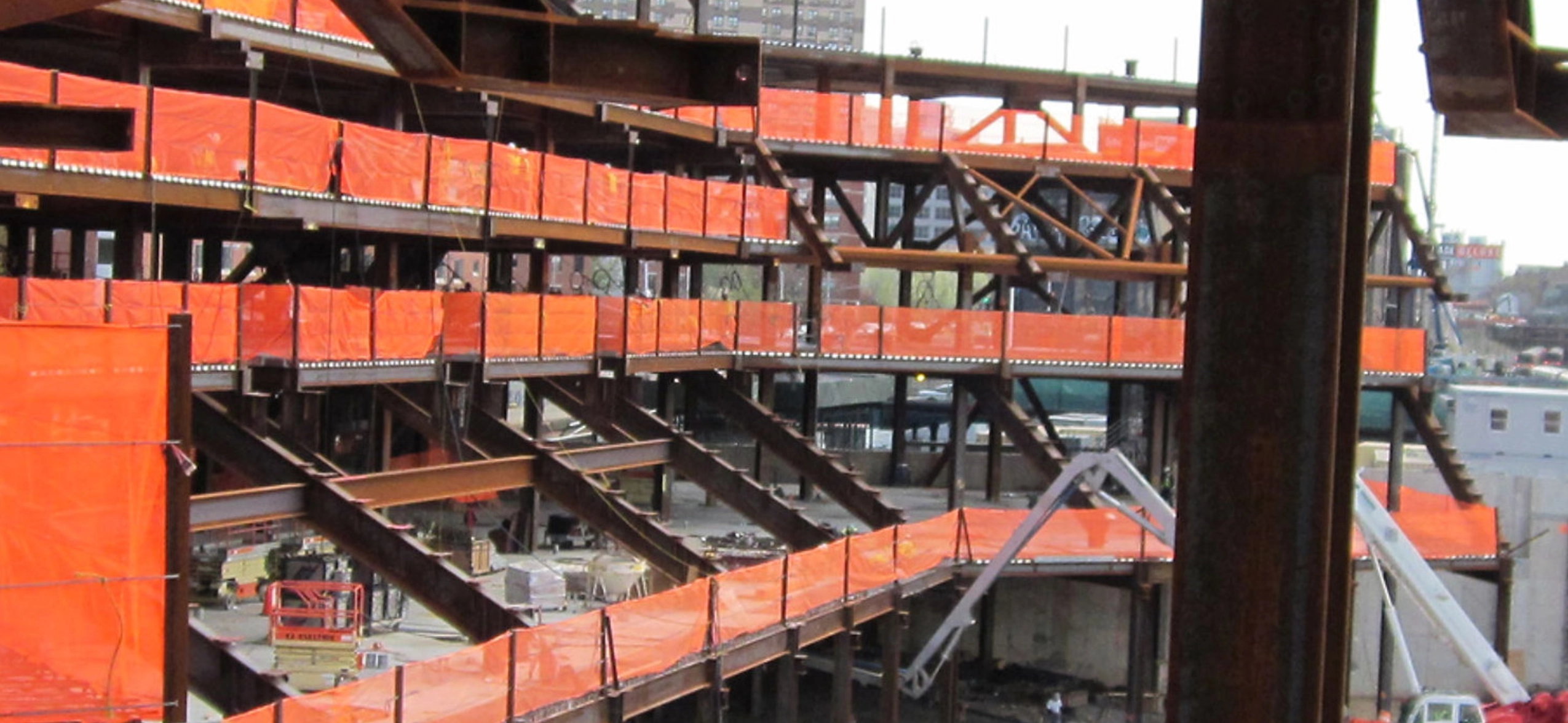
The results
OpenSpace has been so beneficial that the company is expanding its usage and testing out new LiDAR sensor integrations for quick and accurate 3D scanning, which enables remote measurement and quality checks.
Up to 2 FTE salaries saved
“OpenSpace’s value is already really high, and I know it’s going to get even higher,” Niewiadomski said. “I would recommend OpenSpace to everyone, except my competitors,” he joked.
OpenSpace’s intuitive and accessible design has allowed for a renaissance in multiple aspects of daily work at Commodore—from progress tracking to schedule management to issue resolution.
So far, Commodore Construction has seen results in the following areas:
Avoidance of Rework
OpenSpace’s robust photo documentation rapidly clears up the disputes that can arise when many different subcontractors have hands on a project. “This level of access and documentation essentially equals protection,” Niewiadomski said, pointing out that Commodore is now able to easily dispute erroneous claims through a robust backlog of historical imagery. The ability to compare on-the- ground realities with the BIM model has also proven valuable, especially in the prevention of costly rework. “Just last weekI was talking with the GC on a big project who wanted to close out the ceilings,” Niewiadomski said. “I was able to pull out OpenSpace and show him the model, our current progress and exactly why we shouldn’t do that yet,” preventing a potentially expensive misstep.
Time Savings
Using OpenSpace Track to calculate percent completes for drywall installation is saving the company 10 to 15 hours a week (based on how long manual progress tracking would have taken). Over the lifespan of a project, this adds up to many reclaimed hours. The technology also lets Project Executives and other senior staff stay in the loop via virtual walkthroughs without having to be physically on-site as often, cutting down on travel time. Niewiadomski personally used to commute to each project almost every week. “By the time I got back to the office, it would be too late to even turn my computer on,” he recalled. Since he can drop in virtually whenever he wants to to see the lay of the land, he now only goes in-person when he has a specific objective.
Better Schedule Management
OpenSpace has helped Commodore’s leadership manage schedules by accurately gauging pace and rate of work via OpenSpace Track, “which helps us allocate the right amount of manpower to each path so we can stay on track to meet or beat budgets,” Niewiadomski explained.
Reduced Man-Hours
On large-scale projects, Commodore is also putting OpenSpace’s Field Notes application to use, which lets foremen quickly describe issues and problems they encounter—with their notes automatically pinned to the site plan. These are then consolidated into a comprehensive report that can be distributed to architects, subcontractors and other stakeholders in just a few clicks to expedite issue resolution. “I’ve worked on jobs in the past where that kind of reporting was two people’s full time jobs,” Niewiadomski said. With the help of Field Notes, issue mapping is now a half-day job for one person, “which equals huge savings.”
